Mahdi Shariatzadeh
Deep Metric Learning with Soft Orthogonal Proxies
Jun 22, 2023

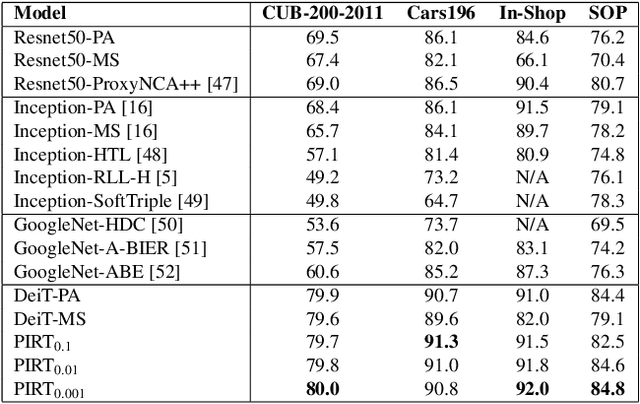

Abstract:Deep Metric Learning (DML) models rely on strong representations and similarity-based measures with specific loss functions. Proxy-based losses have shown great performance compared to pair-based losses in terms of convergence speed. However, proxies that are assigned to different classes may end up being closely located in the embedding space and hence having a hard time to distinguish between positive and negative items. Alternatively, they may become highly correlated and hence provide redundant information with the model. To address these issues, we propose a novel approach that introduces Soft Orthogonality (SO) constraint on proxies. The constraint ensures the proxies to be as orthogonal as possible and hence control their positions in the embedding space. Our approach leverages Data-Efficient Image Transformer (DeiT) as an encoder to extract contextual features from images along with a DML objective. The objective is made of the Proxy Anchor loss along with the SO regularization. We evaluate our method on four public benchmarks for category-level image retrieval and demonstrate its effectiveness with comprehensive experimental results and ablation studies. Our evaluations demonstrate the superiority of our proposed approach over state-of-the-art methods by a significant margin.
A New Scheme for Image Compression and Encryption Using ECIES, Henon Map, and AEGAN
Aug 24, 2022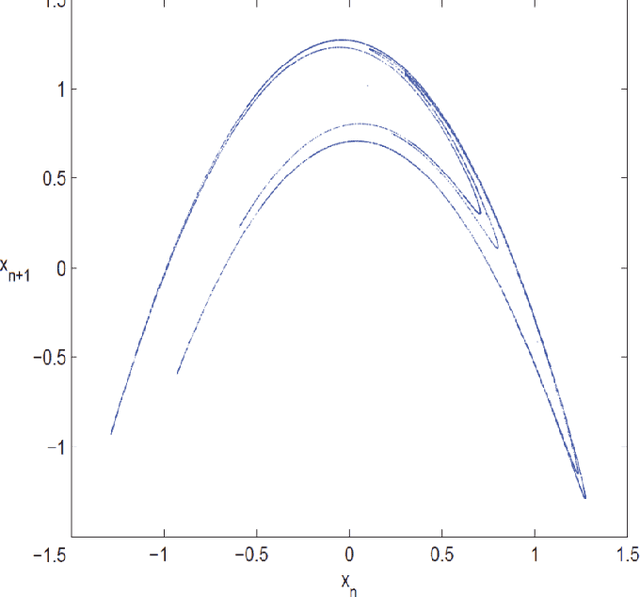
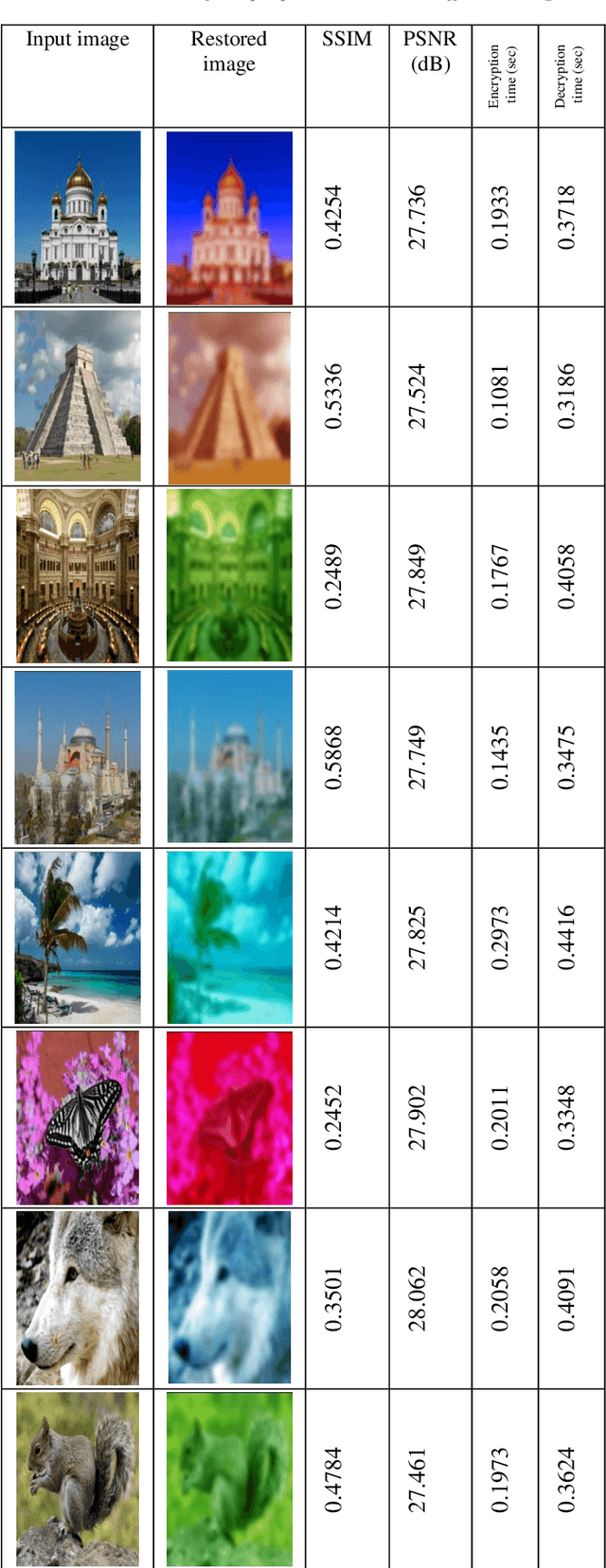
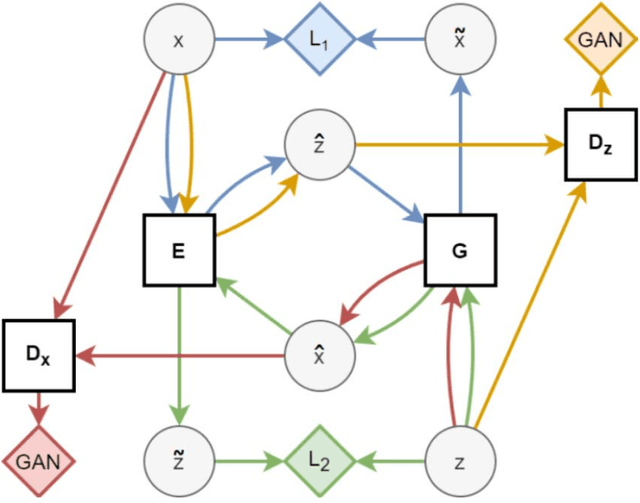
Abstract:Providing security in the transmission of images and other multimedia data has become one of the most important scientific and practical issues. In this paper, a method for compressing and encryption images is proposed, which can safely transmit images in low-bandwidth data transmission channels. At first, using the autoencoding generative adversarial network (AEGAN) model, the images are mapped to a vector in the latent space with low dimensions. In the next step, the obtained vector is encrypted using public key encryption methods. In the proposed method, Henon chaotic map is used for permutation, which makes information transfer more secure. To evaluate the results of the proposed scheme, three criteria SSIM, PSNR, and execution time have been used.
Diagnosis of COVID-19 disease using CT scan images and pre-trained models
Aug 16, 2022

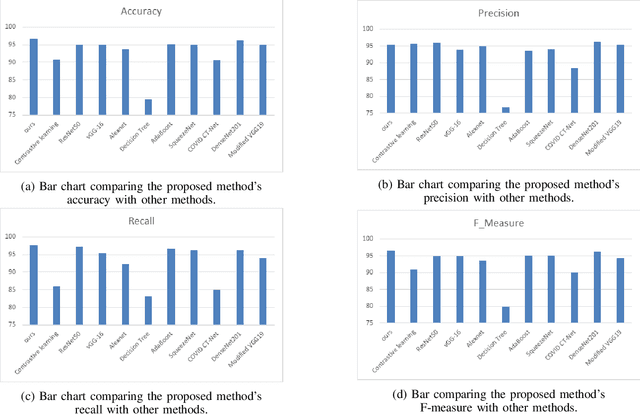
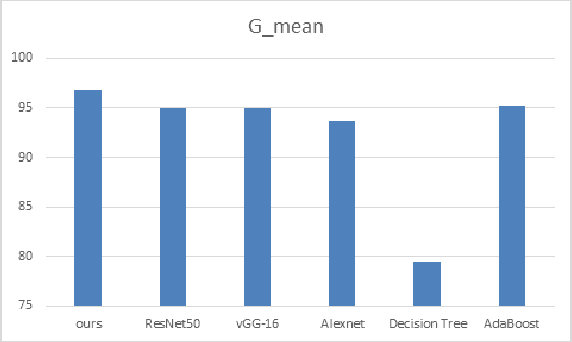
Abstract:Diagnosis of COVID-19 is necessary to prevent and control the disease. Deep learning methods have been considered a fast and accurate method. In this paper, by the parallel combination of three well-known pre-trained networks, we attempted to distinguish coronavirus-infected samples from healthy samples. The negative log-likelihood loss function has been used for model training. CT scan images in the SARS-CoV-2 dataset were used for diagnosis. The SARS-CoV-2 dataset contains 2482 images of lung CT scans, of which 1252 images belong to COVID-19-infected samples. The proposed model was close to 97% accurate.
 Add to Chrome
Add to Chrome Add to Firefox
Add to Firefox Add to Edge
Add to Edge